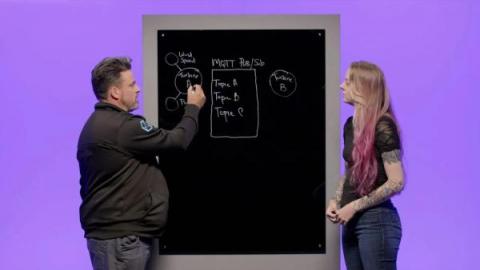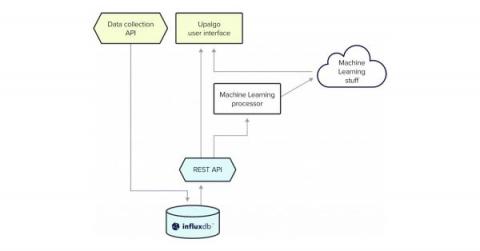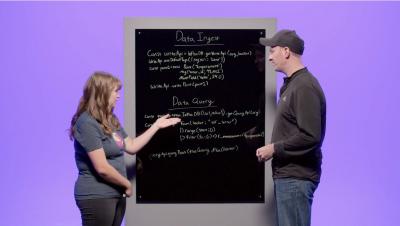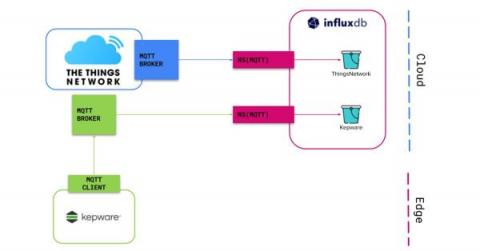TL;DR InfluxDB, the IoT Stack, and MQTT
The Internet of Things (IoT) describes devices with sensors and computational ability which let them collect, exchange, and act on data. IoT is a broad category that includes uses from smart home thermostats to industrial manufacturing equipment. Sensor data is time series data, and IoT is a common use case for InfluxDB because it can handle the huge amounts of data IoT sensors create.











